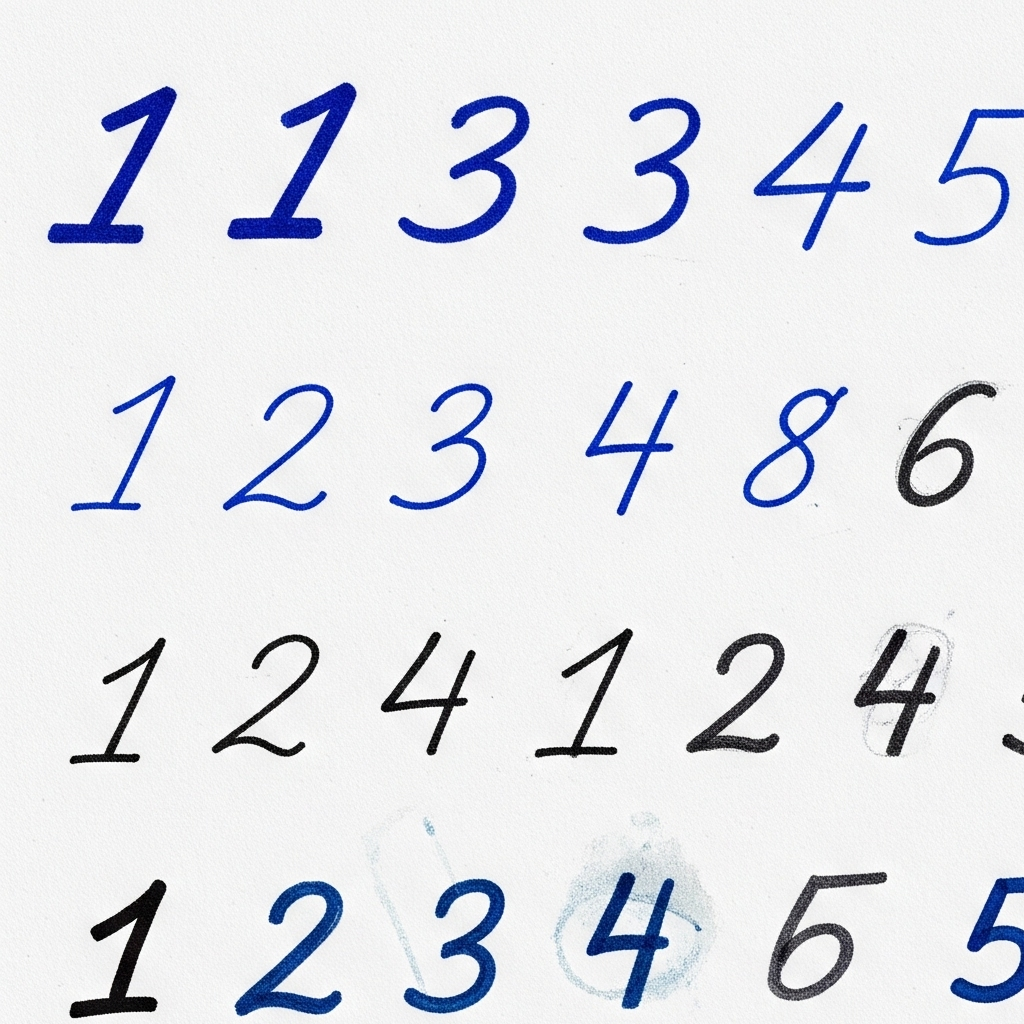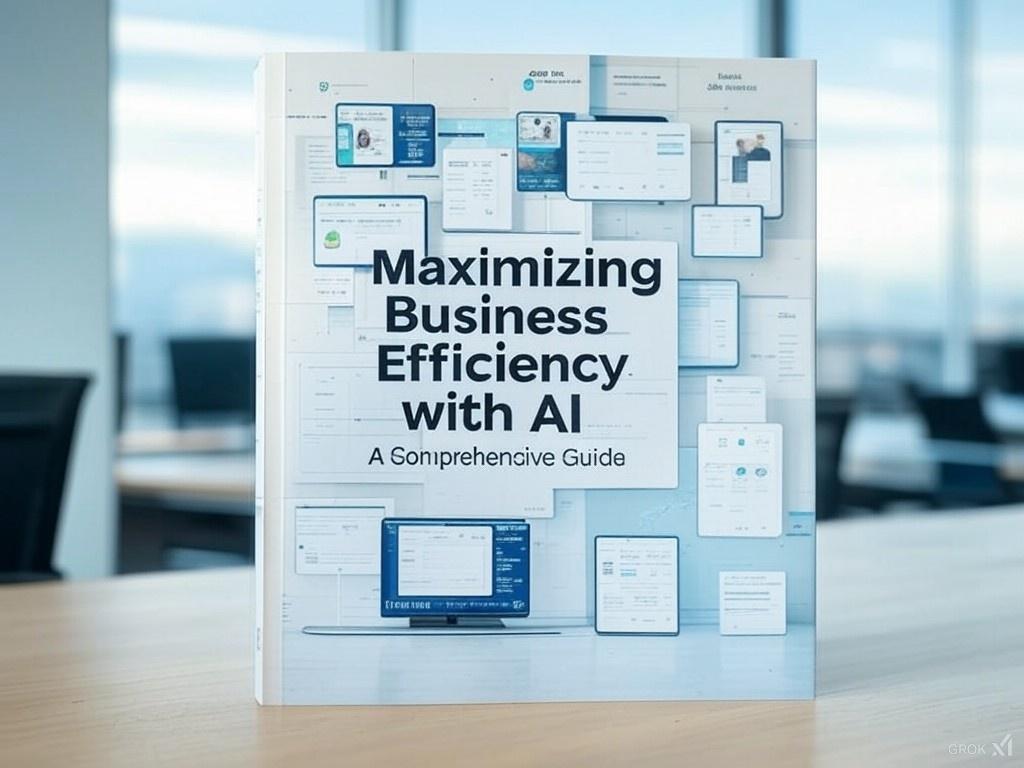Handwriting recognition is inherently difficult due to the wide variability in human writing styles. In my own handwriting, digits such as “2” and “5” often blend curves and angles in unconventional ways. I sometimes write “4” with an open top, which can resemble “9,”. Also my “1” is just a straight line, and can be occasionally confused with a “7” if the latter lacks a crossbar. These personal variations can easily confuse other humans let alone any AI trying to standardize recognition.
Furthermore, factors such as slant, pressure, spacing, and thickness of digits affect the clarity of characters. For instance, an exaggerated slant on a “7” may resemble a hastily drawn “1.”
Noise in the input—such as smudges, poor lighting, or camera distortion—adds another challenge, especially when using scanned handwritten input. All these factors demand that any AI identification techniques must cater to a wide range of my written examples.
To overcome the variability in handwriting, one effective strategy is data augmentation. This involves artificially expanding the training dataset by applying random transformations such as rotation, scaling, translation, and distortion to digit images. By doing so, the neural network is exposed to a wide variety of handwriting conditions and learns to generalize better.
Another approach is using convolutional neural networks (CNNs), which are particularly suited for image recognition tasks. CNNs automatically learn spatial hierarchies of features, making them effective at identifying shapes, edges, and curves within handwritten digits. They can distinguish between small nuances like the differences between a “7” and a “1”. LeCun et al. (1998) – Gradient-Based Learning Applied to Document Recognition introduces convolutional neural networks (CNNs) and their application to recognizing handwritten digits (specifically using the MNIST dataset). It discusses the importance of spatially local patterns (like edges, loops, and strokes), and how neural networks learn hierarchical features useful for digit classification.
Additionally, applying normalization techniques to standardize input data—such as resizing images and adjusting contrast—helps reduce inconsistencies in input representation. These preprocessing steps make the digits more uniform, simplifying the classification task.
Combining these methods ensures that the neural network can robustly interpret a wide variety of handwritten inputs and accurately recognize digits, even in challenging or imperfect writing scenarios.
To correctly identify handwritten digits, the neural network must learn and distinguish several key features:
- Line Orientation and Direction: Digits like “1” consist mostly of vertical lines, while “2” and “5” involve horizontal and curved strokes. “4” consists of multidirectional straight lines. Understanding the orientation helps in differentiating otherwise similar shapes.
- Presence and Position of Curves: The digit “3” has two horizontal curves stacked vertically, while “8” includes two closed loops. “0” on the other hand is just one closed loop. Detecting curve quantity and positioning is essential.
- Open vs. Closed Shapes: Digits such as “0,” “6,” “8,” and “9” all contain loops. A closed loop indicates “0” or “8,” whereas an open loop may signify “6” or a “9”.
- Stroke Intersection and Overlap: The digit “4” often includes intersecting lines, as does “7” if drawn with a crossbar. Learning where strokes intersect can guide the network to correct classifications.
- Relative Size and Proportion of Components: A “9” has a small loop atop a long tail, while “6” is the inverse. Proportional analysis helps differentiate mirrored or rotated digits.
By learning to identify and interpret these five features, the neural network can classify handwritten digits accurately, even when individual styles introduce variation. Strong feature learning ensures the system performs well across diverse handwriting samples.



